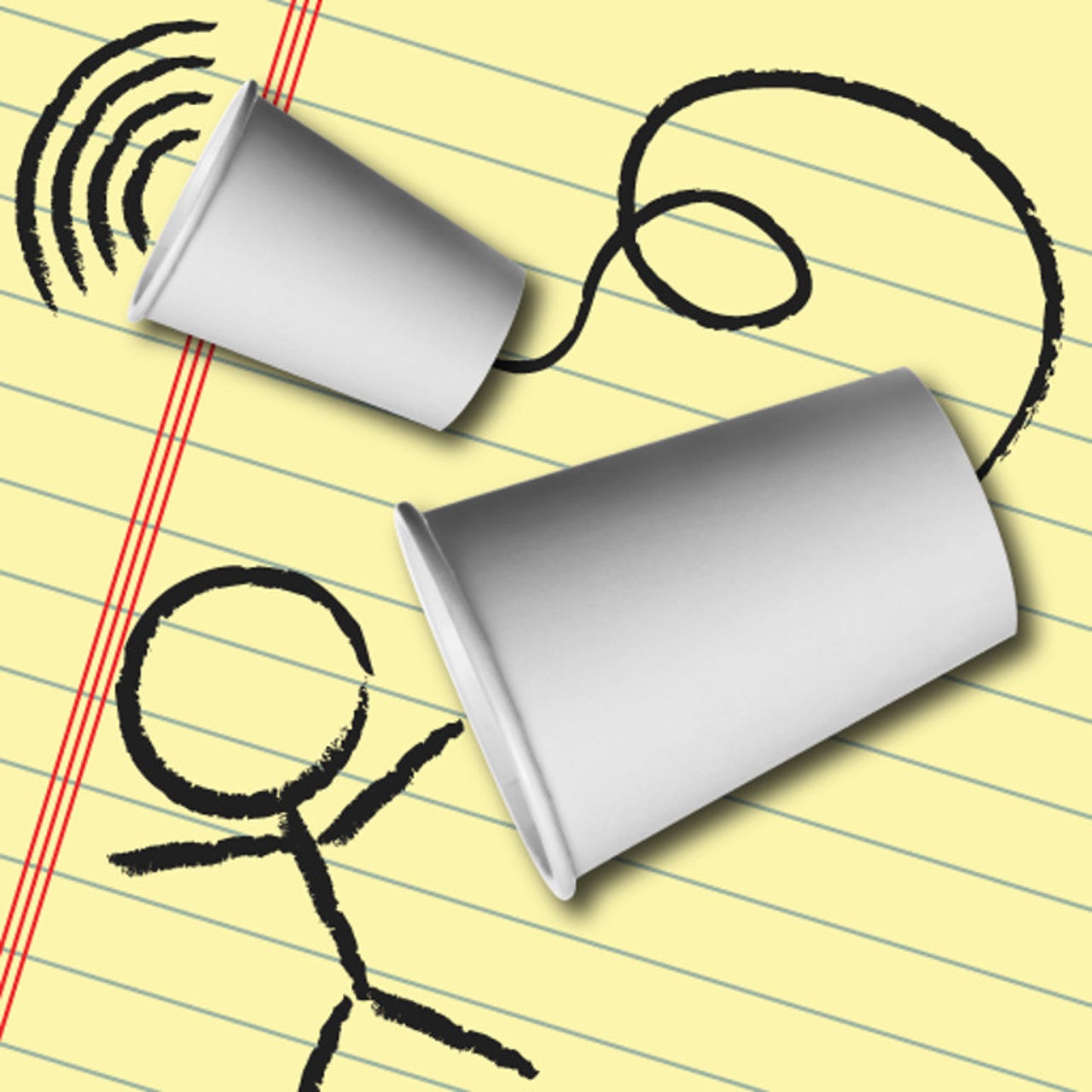What would you do for an internet connection?

Today, with 4G, Wi-Fi, DSL, fibre, and cable, we're almost never without internet access. Almost.

You do what you got to do to get an internet connection.
But then there are those days when we have go to extreme measures to get our daily fix of email, cat videos, and work. How far? Let's find out.
I've been on the internet since the 1980s. In those days, a modem's 300Bps was darn good. At least it was compared to Telex's 110Bps.
As a network administrator at NASA's Goddard Space Flight Center though, I was used to the luxury of a T1's 1.544Mbps. So, I invested in Integrated Services for Digital Network (ISDN). A bonded ISDN connection took me all the way up to 128Kbps. Good, but not good enough.
I made a deal with friends at Digex, one of the first Internet Service Providers (ISPs). In return for my Color Turbo NeXTStation -- back before Jobs returned to Apple -- I got a frame-relay fractional T1 connection. That brought me up to a spectacular 384Kbps. Now we're talking!
Hey, back in the early 1990s, that was fast.
At about that same time, my ZDNet colleague David Gewirtz moved to New Jersey. So, he did what anyone who really needed the internet back in those pre-web days would do: he rented an apartment midway between Rutgers and Princeton, where he was sure he could get a decent internet connection. He was right. He got an ISDN connection to call his own.
Later, when Gewirtz's company, ZATZ, started to generate tremendous traffic, he needed serious bandwidth. He wound up, as he explained, installing a T1 line in "my apartment, which ran through my bedroom, through my bathroom, over my bathroom mirror, down my closet, and out into a linen closet converted into a server room. That closet used so much power I was always slightly worried I'd get busted for running a growing operation. At the time (1999 or so), Verizon was completely confused about the idea of installing the feed they'd normally use for an entire college into some guy's apartment. But it worked. Mind-bottlingly (to quote Will Ferrel) expensive, but it did the trick."
Of course, we could do things -- for enough cash -- like that at home. Away from our home offices, it's another story. We didn't have Wi-Fi or cellular data. We had to connect any way we could.
My own most extreme example came while writing for PC Week, now eWeek. It was in the late 1980s, and I was filing stories over MCI Mail. But, I was on "vacation", not that that mattered. I had to turn in stories from the Society of Creative Anachronism's Pennsic War. We're those people who like to pretend we live in medieval times and the Pennsic War is our largest event. While SCA people are often techie people, the event site had state-of-the-art 1950s technology. So, I ended up using an acoustic coupler on a pay phone to connect at, maybe, 300Bps.
Things are easier now. But some days it's still not easy.
For example, in the Reddit thread "Most ridiculous thing you did to find good Wi-Fi", one guy had to hike "three-and-a-half miles out of a jungle to a little telephone booth with a Wi-Fi signal (five days a week for two months) to work near the Panama border".
Then, of course, there's war-driving. Back in 2002, when Wi-Fi had just gone mainstream, people would drive around trying to find open Wi-Fi access points. Now, between the growth of 4G and the rise in popularity of use of Wi-Fi Protected Access (WPA), most people don't bother trying to find open or hackable Wi-Fi APs. There are still times when there's not a connection to be found.
For example, one poor soul was moving from Arizona to Arkansas with his old SUV and U-haul trailer when he lost his cell signal and missed a turn some hundred miles back. So, there he was, driving through Texas in the very middle of night without a map or GPS. Google Maps is good, but it's not that good without a connection.
He slowly drove, he said via Reddit, "along a neighborhood while watching my phone to see if it found any open Wi-Fi network, and I did after about 15 minutes of checking the area out. Then I got the route mapped out... then went back on the highway. No one died."
Of course, sometimes you might want to. My ZDNet buddy Jason Perlow once went on a vacation in the West Indies with almost no connectivity. Unfortunately, like me years earlier, he also had to get a story in.
He didn't have to deal with pay phones, but this part of the island, he said, "was utterly infested with mosquitoes. And, it was hot and gross. Mosquitoes love to be around open water and they love swimming pool areas. I was collaborating on an article that was due the following week. So, at night, after we were done doing the beach-and-drinking-and-dinner thing, I would run out to the swimming pool, with my replies to the previous emails cached, do an upload, and then sync the new emails, and race back to the room. Even if I was out there five minutes to sync the emails I got eaten alive, I came back to the room with a zillion mosquito bites."
He's since sworn off taking his tech gear with him on vacations. Who can blame him!
So, that's some of our stories about the things we'd do for bandwidth. What about you?
Me? I'm checking into portable satellite internet systems.
Related Stories: